6.8 /10 1 Votes
3.7/5 AlloCine Produced by Jacques Kirsner Initial release 4 March 1992 (France) | 6.2/10 IMDb Written by Pierre Schoendoerffer Edited by Armand Psenny Director Pierre Schoendoerffer | |||||||||||||||||||||||||||||||||
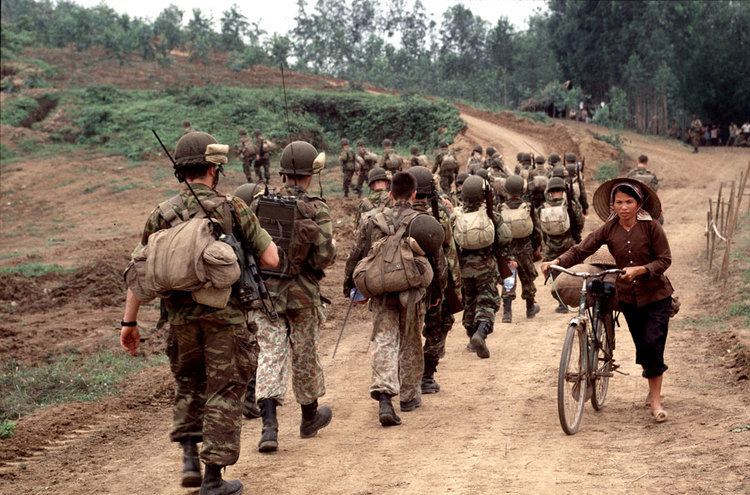 | ||||||||||||||||||||||||||||||||||
Starring Donald PleasencePatrick CatalifoJean-François Balmer Cast Similar Movies about battles, War movies, Other similar movies | ||||||||||||||||||||||||||||||||||
Diên Biên Phu (French for Điện Biên Phủ) is a 1992 film written and directed by French veteran Pierre Schoendoerffer. With its huge budget, all-star cast, and realistic war scenes produced with the cooperation of the French and Vietnamese armies, Dîen Bîen Phu is regarded by many as one of the more important war movies produced in French filmmaking history. It portrays the 55-day siege of Dien Bien Phu (1954), the last battle by the French Union's colonial army in the First Indochina War during the final days of French Indochina, which was soon after divided into North and South Vietnam. This was a prelude to the Second Indochina War, known in the United States as the Vietnam War.
Contents
The film was nominated for "Best Music Written for a Film" ("Meilleure musique") at the 1993 French César Awards. The Điện Biên Phủ original soundtrack was composed and partially performed by pianist Georges Delerue, featuring Japanese vocalist Marie Kobayashi. In 1994, at a commemoration of the 40th anniversary of the siege at Dien Bien Phu, director Schoendoerffer published a behind-the-scenes book called "Diên Biên Phu - De la Bataille au Film" (Dien Bien Phu: From the Battle to the Movie). In 2004, during the 50th anniversary commemoration, Schoendoerffer published a full-length version of his movie in DVD format.
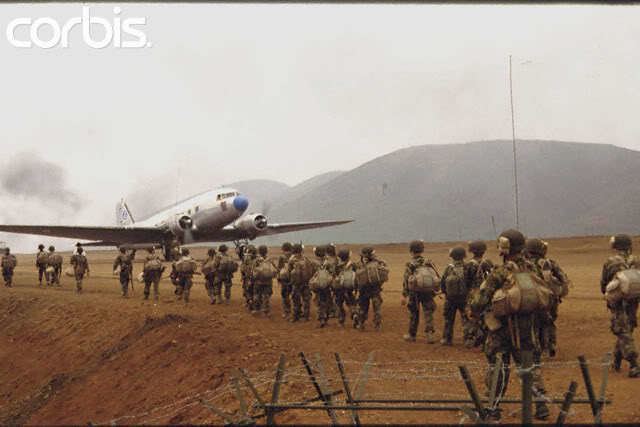
Plot
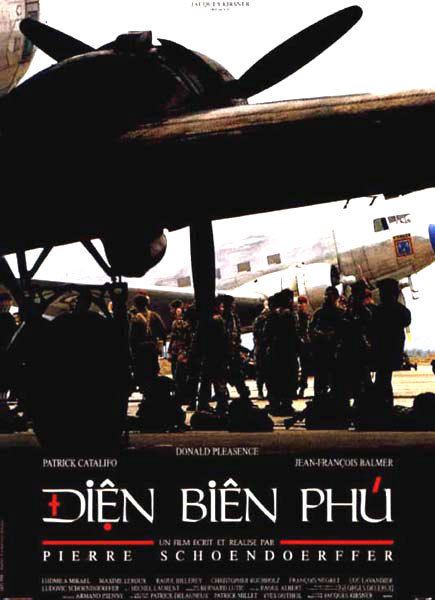
The movie follows the chronological events of the battle. Some of them are shown in situ, from the heart of the battle, at Dien Bien Phu, while others are reported by civilians at Hanoi city or by paratroopers at Hanoi's civilian airport.
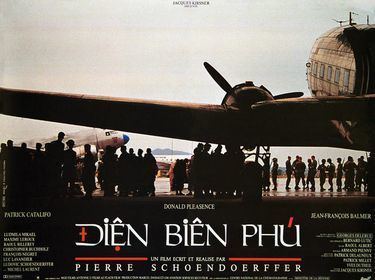
The Hanoi action is mostly focused on British-born American writer-reporter Howard Simpson (Donald Pleasence). Simpson's sources of confidential information include French Union military men (Patrick Catalifo, Eric Do), an Agence France Presse correspondent (Jean-François Balmer), an influential Vietnamese nationalist (Long Nguyen-Khac), a Chinese contrabander (Thé Anh) and a Eurasian opium dealer (Maïté Nahyr). Simpson sends scoop-worthy news to the San Francisco Chronicle daily newspaper, through a Hong Kong-based agency, in order to elude French military censorship that existed at the time in Hanoi and the rest of Indochina.
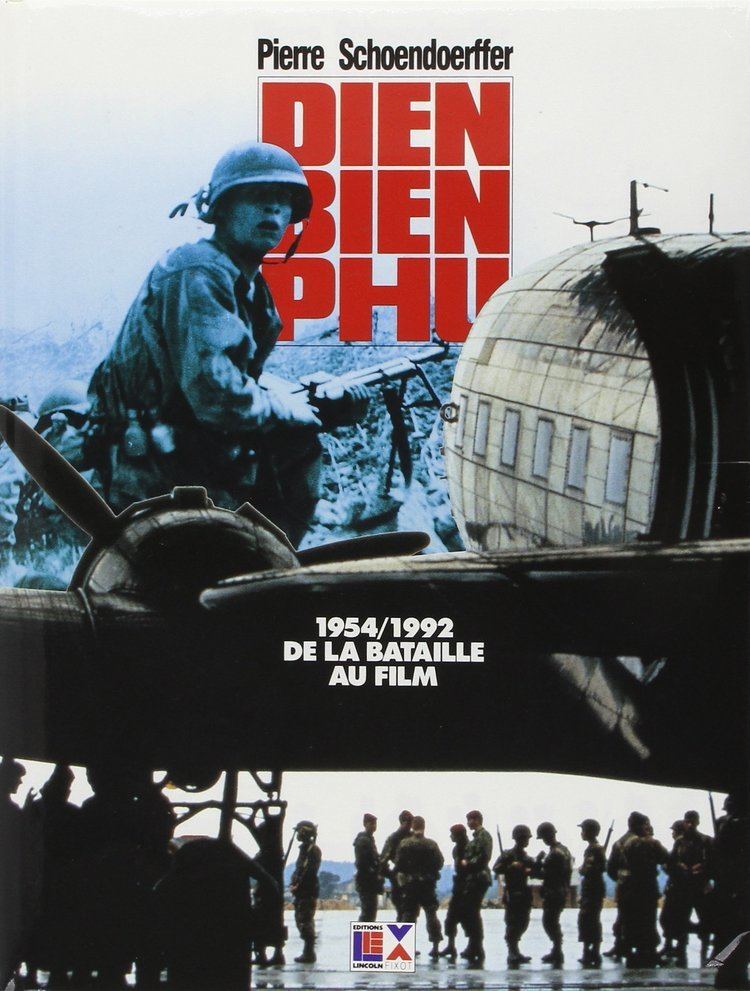
War scenes are seen through the eyes of several character archetypes illustrating human nature. At Dien Bien Phu, there were two kinds of men: the cowards and the brave. The first are mainly illustrated by the unnamed "Nam Yum rat" (Fathy Abdi); an example of the second type is the philosopher-friendly artillery Lieutenant (Maxime Leroux), who refuses to obey orders to retreat and eventually dies for the sake of honor. Since they are archetypes, these characters have no name. The main characters have fictitious names, but are members of real units, like the 5th Bawouan Vietnamese para Lieutenant Ky (Eric Do) or Captain de Kerveguen (Patrick Catalifo)'s Foreign Legion company.
Schoendoerffer's movie contains autobiographic elements that sometimes appear in dialogues and is particularly illustrated by the military cameraman character. Actor Ludovic Schoendoerffer plays the role of a young Army Cinematographic Service cameraman using the same camera type as his father, Corporal Pierre Schoendoerffer, did in 1954.
Background
Unlike many Hollywood Vietnam War blockbusters, Dîen Bîen Phu is, according to the director, more a docudrama based on real events, in the style of Tora! Tora! Tora!. Writer/director Pierre Schoendoerffer is a veteran of the battle; in 1952, volunteer Corporal Schoendoerffer joined the Service Cinématographique des Armées (French Army Cinematographic Service) as a cameraman.
On 11 March 1954, Schoendoerffer was injured at Dien Bien Phu, in a minor skirmish (coast 781 attack) before the main battle, and he was sent to the southern base located in Saigon aboard a C-47 transport plane. Since there were no other cameramen remaining on the battlefield, Schoendoerffer insisted on returning to document the event. Finally, on March 18, he was allowed to take off from the northern base Hanoi, located at 1H15 (252 km) from Dien Bien Phu, on a C-47 and to jump with the 5th Bawouan (Vietnamese Parachute Battalion) over Dien Bien Phu.
Schoendoerffer was still injured and wore bandages when he chose to return to the battlefield. Officers told him "it's wasted, don't go!" ("c'est foutu, n'y va pas!"), but he insisted as "[he] had to be there to testify" as he planned to give his film to the pilots, after the battle, as an homage. However, nobody saw this footage since he destroyed his own camera and all his 60-second-films on May 7, except for six of them which were confiscated by the Viet Minh during an aborted jailbreak and ended up in the hands of Soviet cameraman Roman Karmen. As a 25-year-old corporal cameraman, Schoendoerffer was not actually a journalist, but the French Army did not interfere and let him shoot everything he wanted. His films were supposed to be sent to the rear on March 28, using a C-47 belonging to a military nurse named Geneviève de Galard, but the C-47 was damaged beyond repair by Viet Minh artillery that hit the Red Cross aircraft.
Schoendoerffer used a Bell & Howell 35mm black-and-white camera with three telephoto lenses mounted on a turret. This model is known for its highly flammable film but also for "its remarkable black and grey picture quality never seen again since" dixit Pierre Schoendoerffer.
On May 7, 1954, at 6 p.m., a half-hour after the French ceasefire (except for the strongpoint Isabelle still fighting until May 8 1:00 a.m.) he was ordered to get out of his Parachute Commandment blockhouse, where he was waiting with the officers Bigeard and Langlais and the military nurse Geneviève de Galard and subsequently became a Viet Minh POW.
Once free, he became a war reporter-photographer for American magazines. In 1967, his Vietnam War black-and-white documentary, The Anderson Platoon (La Section Anderson), won an Academy Award for Documentary Feature. Later Schoendoerffer was named Vice-President of the French Académie des Beaux Arts (Academy of Fine Arts).
International release
Media links
Dien Bien Phu scene remastered in HD with English subtitles on YouTube (Closed Captions) (English)
